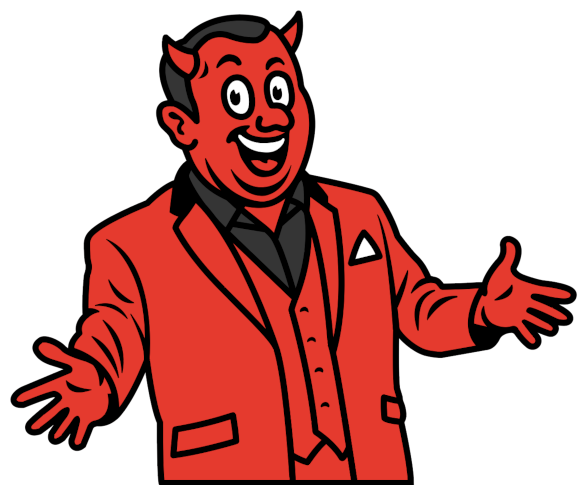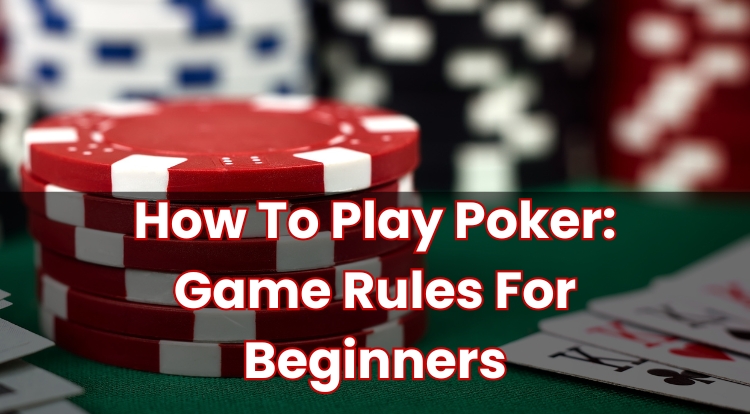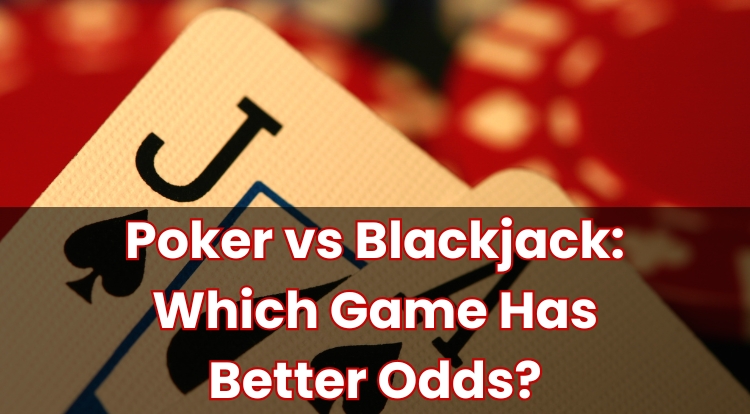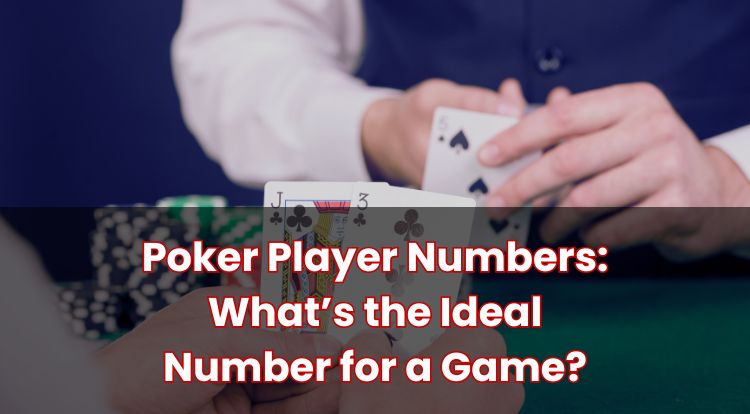How Many Poker Players Per Table? Max Number Explained
If you are thinking about getting involved in a game of poker, whether at your local card room or online, you might be wondering how many people actually sit at the table. The number shapes both the pace of the game and how often you act.
It is not fixed across all settings. Different variants and venues use different table sizes, and online rooms often offer a choice. A quick grasp of these options could potentially make it easier to pick a game that suits how you like to play.
Curious where the limits come from and how they change the action? Read on to learn more.
What’s the Max Number of Players Allowed at a Poker Table?
The largest number of players you will usually see at a standard poker table in the UK is 10. This is common in games like Texas Hold’em, both in person and online. Some live casinos set the maximum at 9 for comfort, but 10 is generally accepted as the norm.
In casual home games, the number can shift, but formal tournaments and cash games keep to these limits for structure and fairness.
Online tables frequently run with fewer seats. You will see 2-player “heads-up” tables, 6-seat “short-handed” tables, and 9-seat regular tables. Before joining, most sites show seating details in the lobby or game rules, so you can choose the setup you prefer.
If you do decide to try your hand at poker, remember to do so responsibly and within your means; never wager more than you can afford to lose.
Why Do Poker Tables Have Player Limits?
Limits exist for practical reasons. Too many players can slow everything down, as each decision adds time to every hand. Most operators cap seats so the action keeps moving at a comfortable rhythm.
Card management matters too. With a standard 52-card deck, some variants would run out of cards if the table is too large. In Texas Hold’em, for example, every player receives two cards and there are five community cards, so the maths has to work across a full table.
Comfort and fairness also play a part. With a sensible number of seats, the dealer can monitor the action, players can see what is happening, and errors are easier to spot. UK Gambling Commission (UKGC)-licensed operators publish table rules and limits so players know exactly what to expect.
Common Table Sizes for Popular Poker Variants
Curious about how many players you might come across round the table? Below, we’ll explain the most common table sizes for some of the most popular poker variants in the UK.
Texas Hold’em
Texas Hold’em usually runs with 9 or 10 seats at a full table. Many games also offer short-handed formats with 6 seats, which create a quicker tempo and more frequent decision points. Heads-up versions are designed for two players only.
Omaha
Omaha tables often mirror Texas Hold’em for capacity, with 9 or 10 seats common for full-ring play. Short-handed tables are widely available, often with 5 or 6 seats, giving players a faster experience when they want it.
Seven Card Stud
Seven Card Stud is different on size. The usual maximum is 8 players per table because each person receives more cards than in community-card games. With 8 seats, a standard 52-card deck suits the structure. Both live and online versions tend to follow this limit.
How Table Size Affects Gameplay and Pace
Table size has a direct effect on tempo and decision-making. At larger tables with nine or ten seats, hands take longer to complete, which gives more time to observe others before acting. You will see fewer hands per hour, blinds come round less often, and patience tends to be rewarded.
Smaller tables, usually with six seats or fewer, speed things up. You will face the blinds more often, ranges widen, and you will get involved in more pots simply because there are fewer people to act before you. This suits players who prefer frequent action and sharper, more proactive decision-making.
Whichever you choose, the seat count influences how many starting hands are playable, how often you defend blinds, and how much value you get from position. Knowing this might help you pick a setup that matches the way you like to approach the game.
Choosing the Right Table Size for Your Poker Style
Selecting a table that feels comfortable goes a long way to shaping an enjoyable session. Many players like full tables, where the pace is steadier and there is more time to watch how others approach each spot. This setting often suits a careful, selective style.
If you prefer to be involved more often, short-handed tables are a strong fit. With six players, you will see more hands, face tougher positional decisions, and find yourself in more contested pots. Heads-up tables, with just two players, strip the game back to constant action and rapid adjustments.
Online lobbies usually make it easy to filter by table size. It might be worth scanning the list and choosing the pace that feels right for you on the day, whether that is a slow, observant game or a brisk, high-involvement one.
Play Poker Online At 666 Casino
If you want to play poker online, here at 666 Casino we offer a range of tables and formats to suit different preferences and experience levels. Besides poker, we also boast a variety of slot, table, and live casino games.
Our lobby is designed so you can easily review rules and join the game that fits your pace. We are licensed by the UKGC, and we follow strict standards for fairness and security. Deposits and withdrawals use secure banking options, and our support team is here if you need help.
Whether you prefer a slower rhythm or more frequent action, you can choose a table size that suits you and enjoy a straightforward poker experience here at 666 Casino. Always keep responsible gambling practises in mind.
**The information provided in this blog is intended for educational purposes and should not be construed as betting advice or a guarantee of success. Always gamble responsibly.
*All values (Bet Levels, Maximum Wins etc.) mentioned in relation to these games are subject to change at any time. Game features mentioned may not be available in some jurisdictions.





